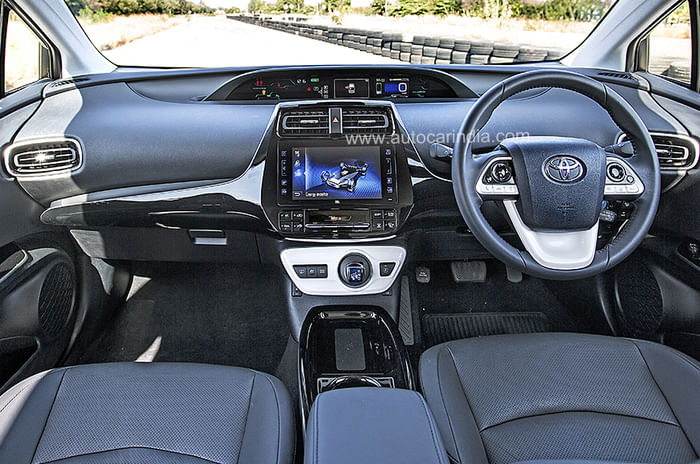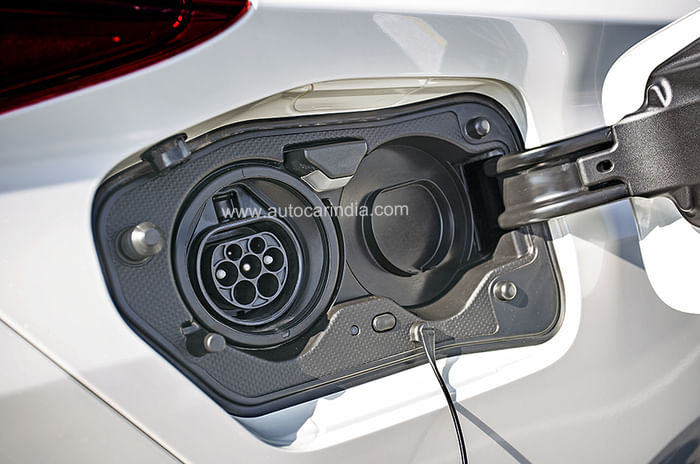Hybrids are still something of a rarity in India, but the concept of having a combustion engine work in conjunction with an electric motor isn’t new. Toyota brought out the world’s first mass-produced, petrol-electric hybrid – the Prius – all the way back in 1997, and today it’s not uncommon for even supercars to flaunt their green credentials with some form of hybridisation. The types of powertrains that come under the broad umbrella of hybrids include mild-hybrids, strong-hybrids and plug-in hybrids. To get a better understanding of the plug-in hybrid system, Toyota had us over at their test track in Bidadi, Karnataka to try out the Prius PHEV.
Globally, Toyota introduced a plug-in hybrid powertrain to the Prius line-up in 2012. This version goes one-up on the standard Prius with its larger battery pack and the option to charge it via an external power source. What that means is you can cover larger distances without any tailpipe emissions.
This second-generation Prius PHEV shares its petrol-electric powertrain with the Prius hybrid – it’s powered by a 96hp, 1.8-litre petrol engine along with a 71hp electric motor, delivering a combined output of 120hp. The 8.8kWh battery can provide a claimed pure electric range of 50km. The battery pack can be charged from 0-100 percent in 14 hours via a 100V/6A AC socket, and in 2 hours 20min through a 200V/16A AC connection. Meanwhile, DC fast charging will top up the battery to 80 percent in about 20min.

The Prius PHEV’s hybrid system is well calibrated and it provides peppy and seamless performance. While it doesn’t offer much in terms of driving feel, it is effortless to drive, especially in pure EV mode, and that should make it ideal for the city run. Aside from a pure EV mode, the PHEV gets three drive modes to choose from – Normal, Eco and Power. In Normal mode, the Prius will run on electric power at low speeds with the engine coming in at only about 70kph, while in Eco mode it will cycle between electric and petrol power in the most efficient way possible. Meanwhile, in the Power mode, the combustion engine is on most of the time. This does up the performance of the Prius PHEV but not by a significant margin.
The catch here is its pricing. Due to their more advanced tech and larger battery packs, PHEVs can be pricey. The Prius PHEV costs 20 percent more than the standard Prius.
How Plug-in Hybrids work
A plug-in hybrid essentially consists of a powertrain similar to that of a strong hybrid. An electric motor provides motive force at low city speeds, with the combustion engine kicking in at higher loads.

The battery pack is juiced up on the go via the engine and regen braking. But as the name makes it amply clear, a plug-in hybrid also extends the option of charging the battery pack by plugging it in, akin to a pure electric vehicle. Pushing battery sizes to nearly 10kWh, PHEVs possess the highest energy storage capacities of any form of hybrid. As such, they offer a pure electric driving range of 30-60km which effectively allows them to operate as efficiently as BEVs within city confines.
SHIRISH GANDHI





























